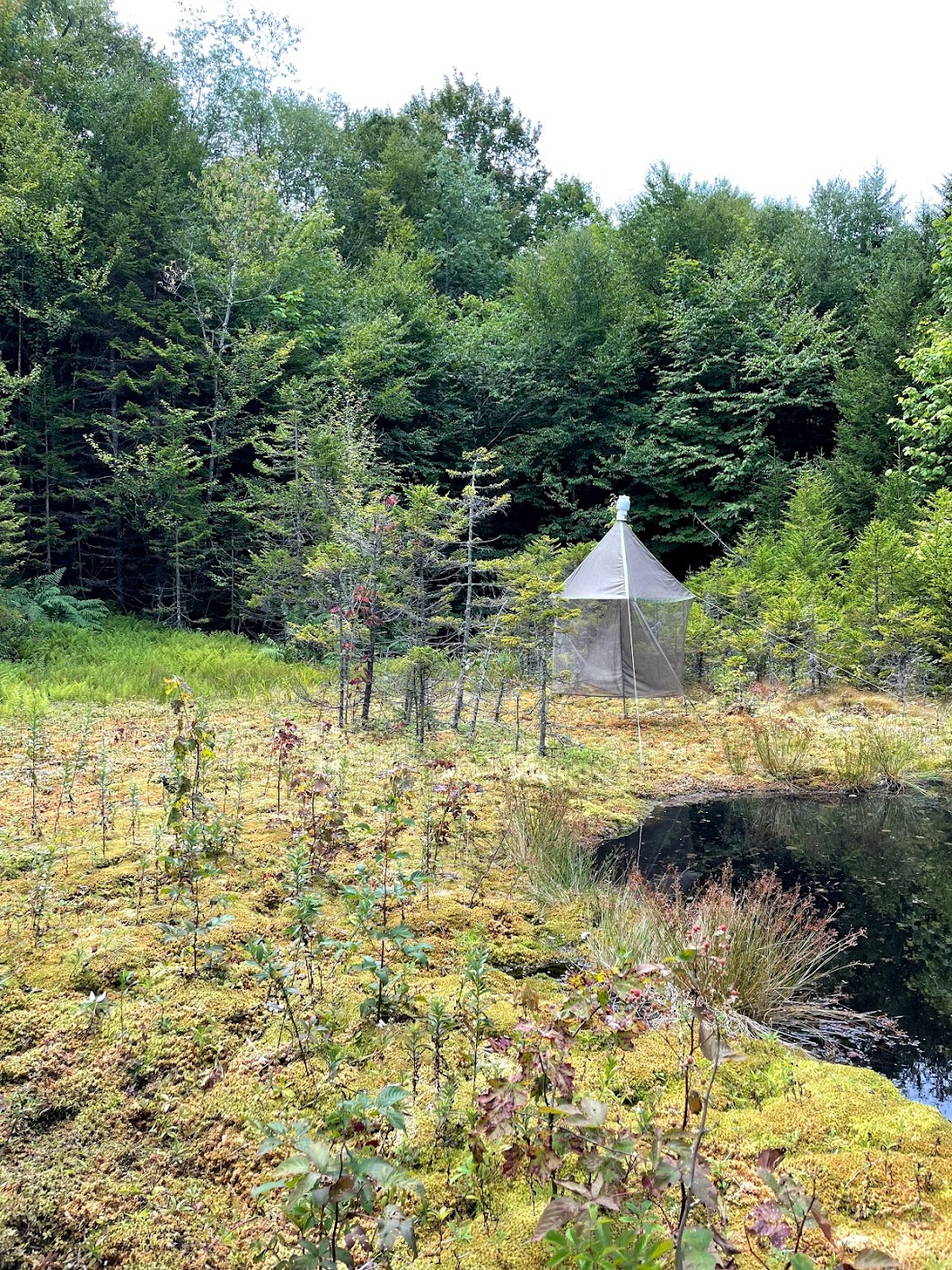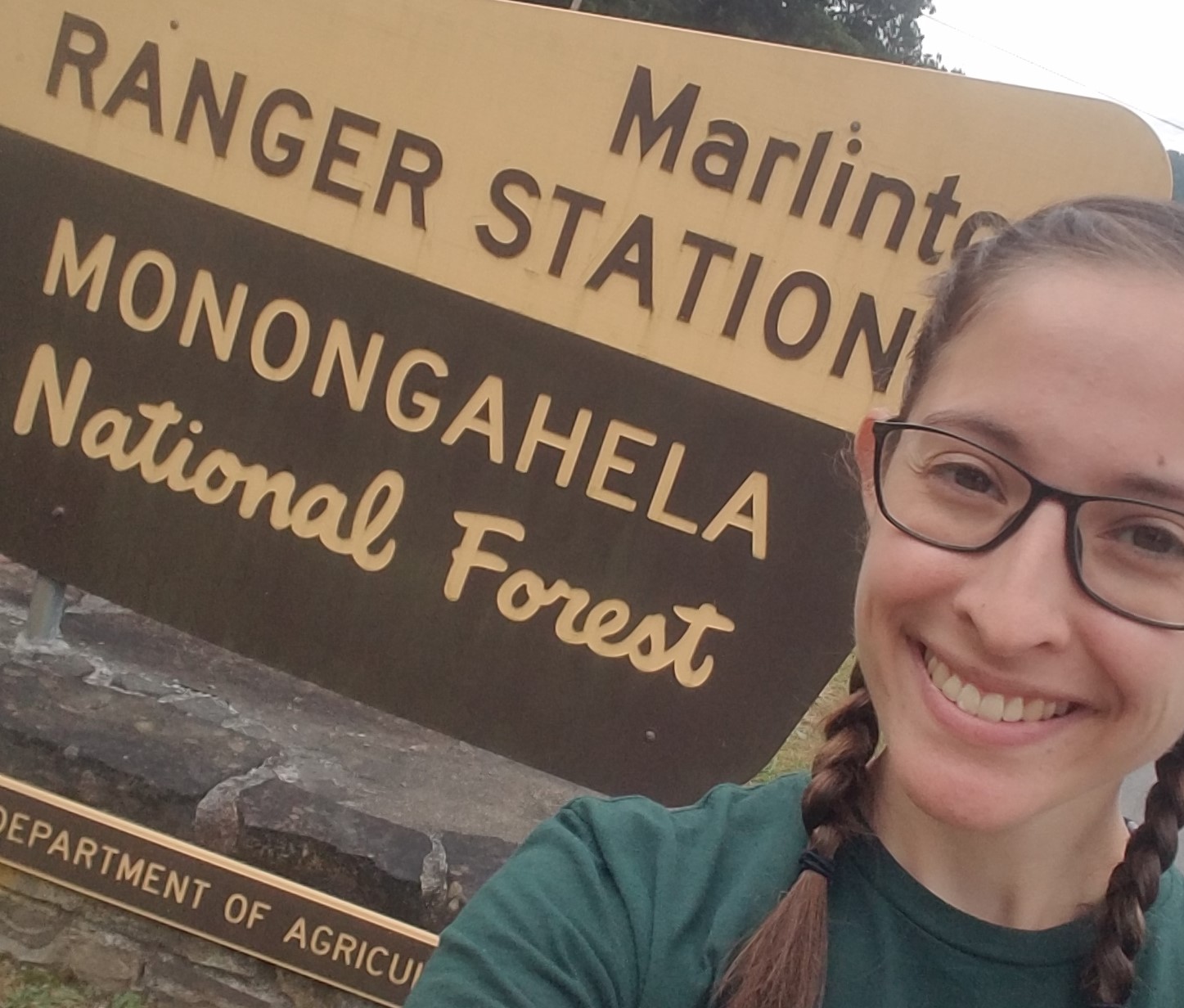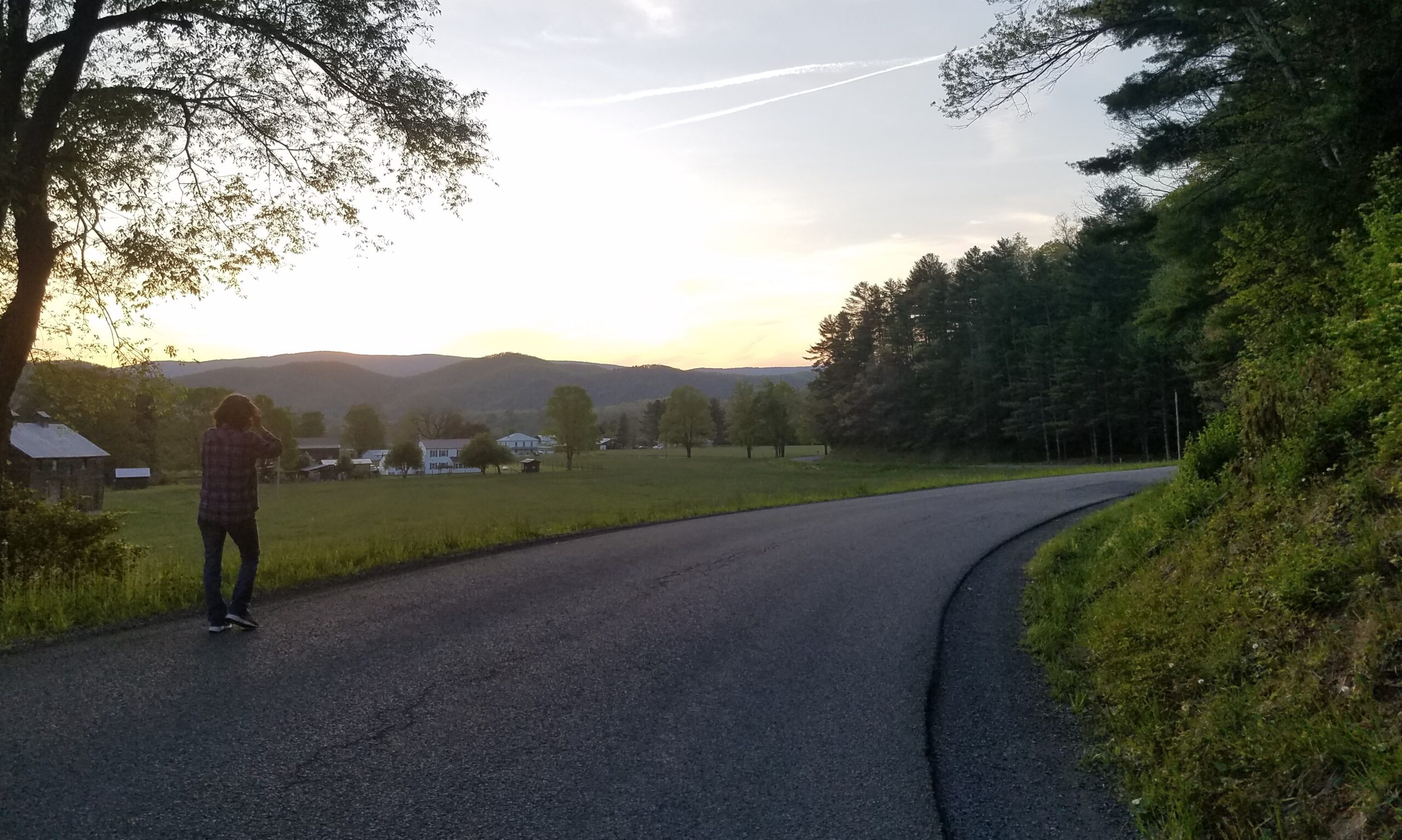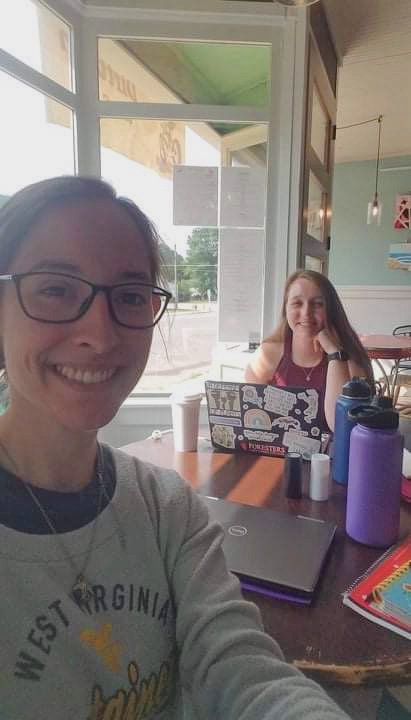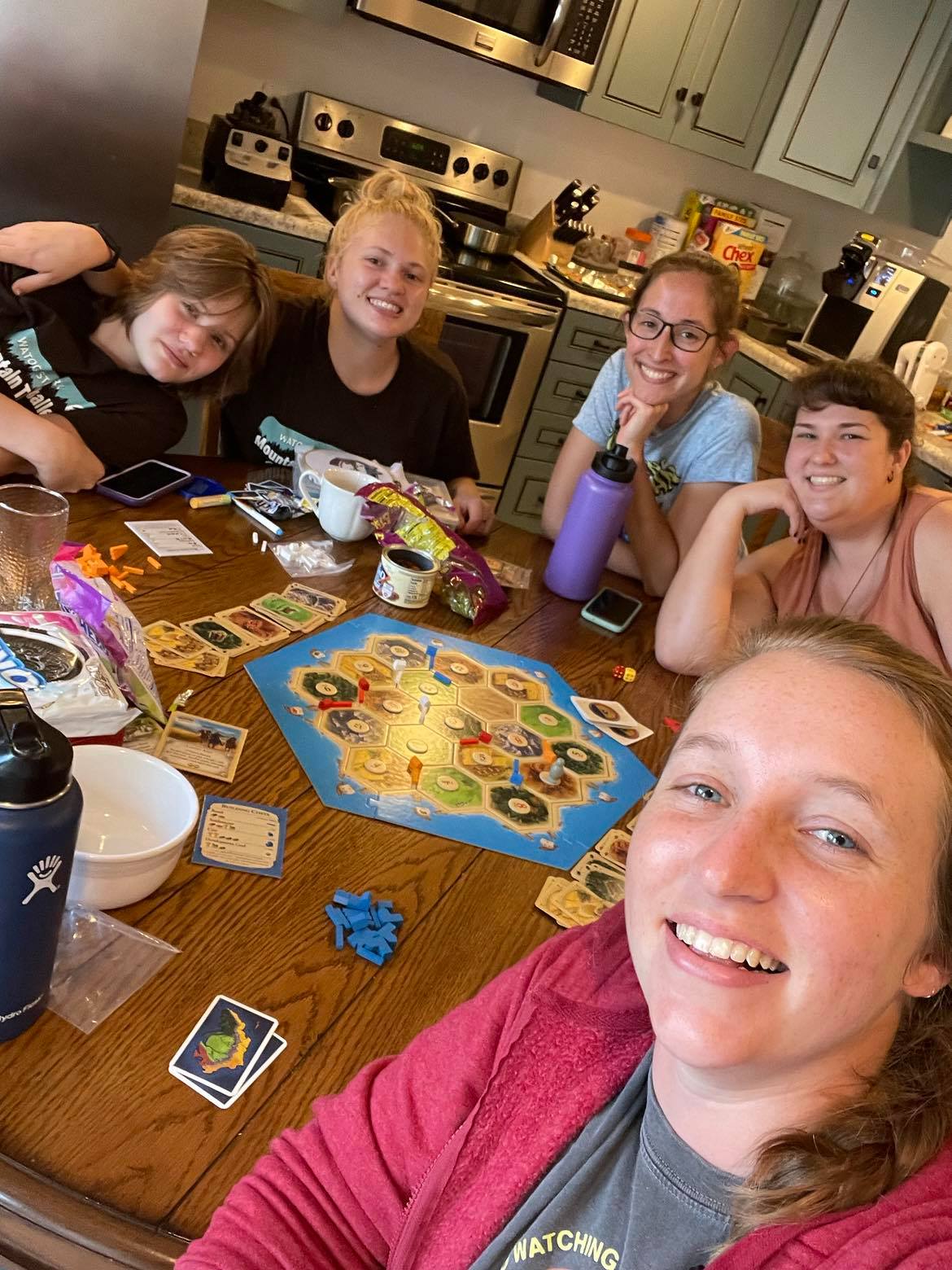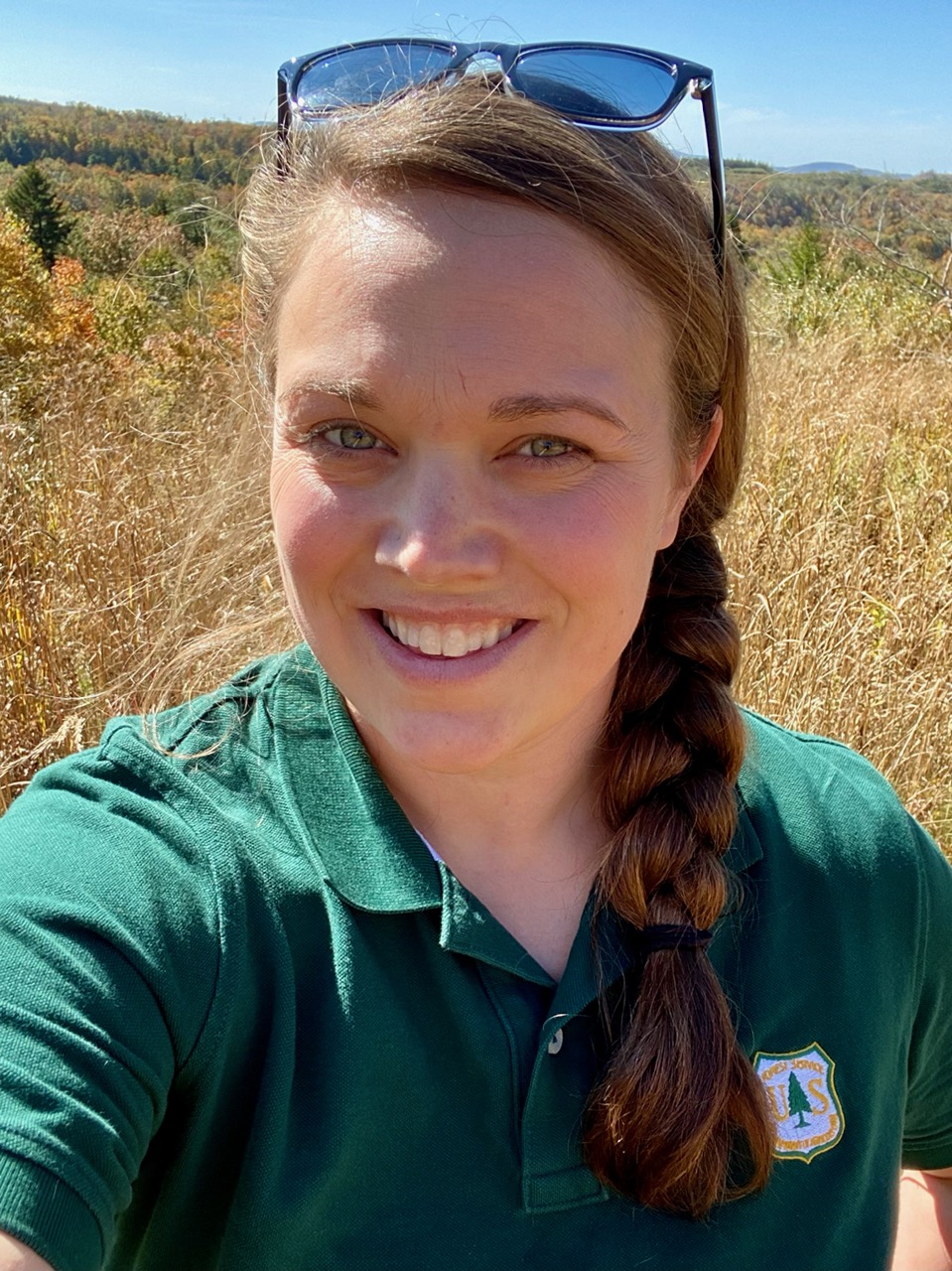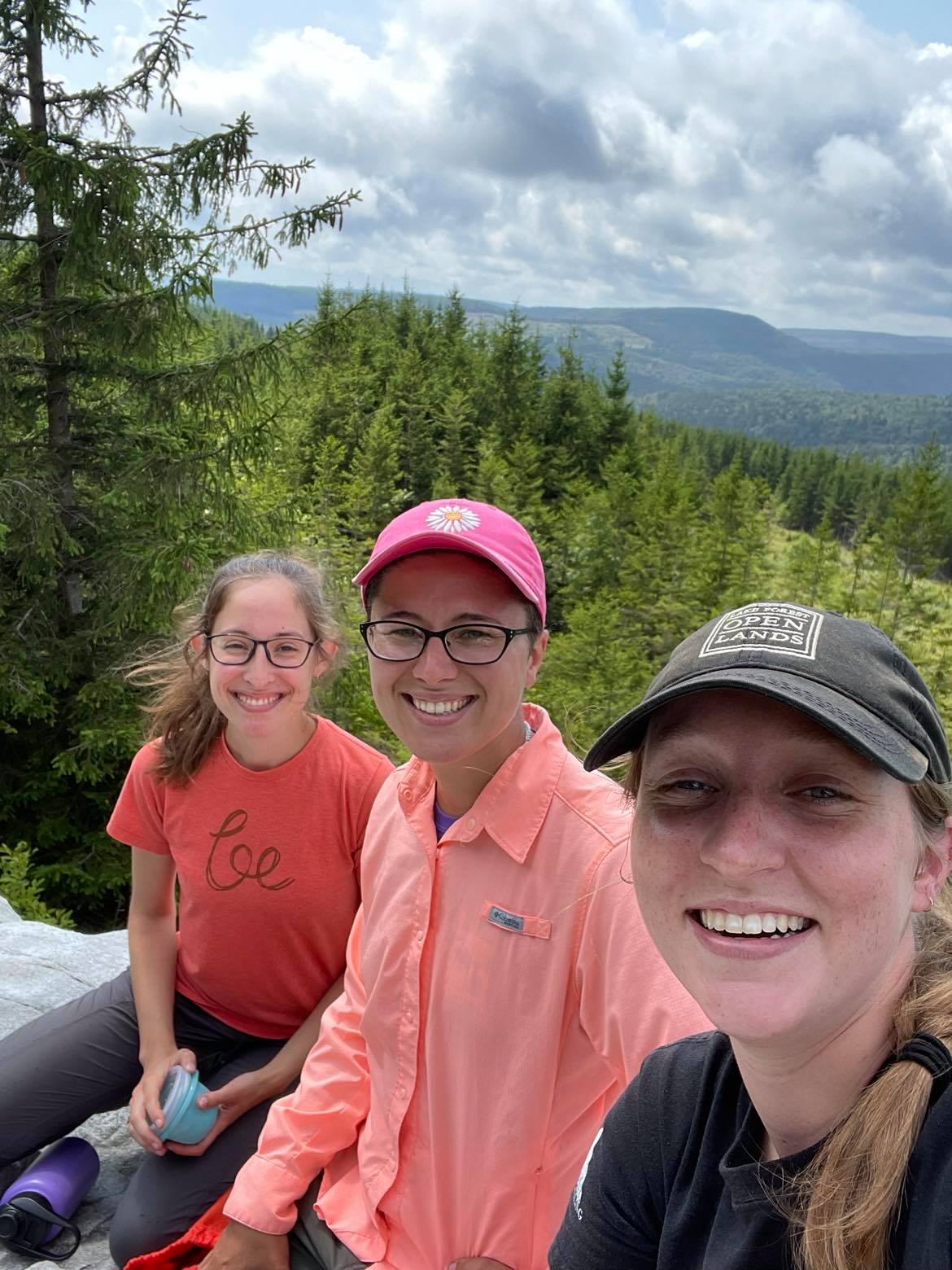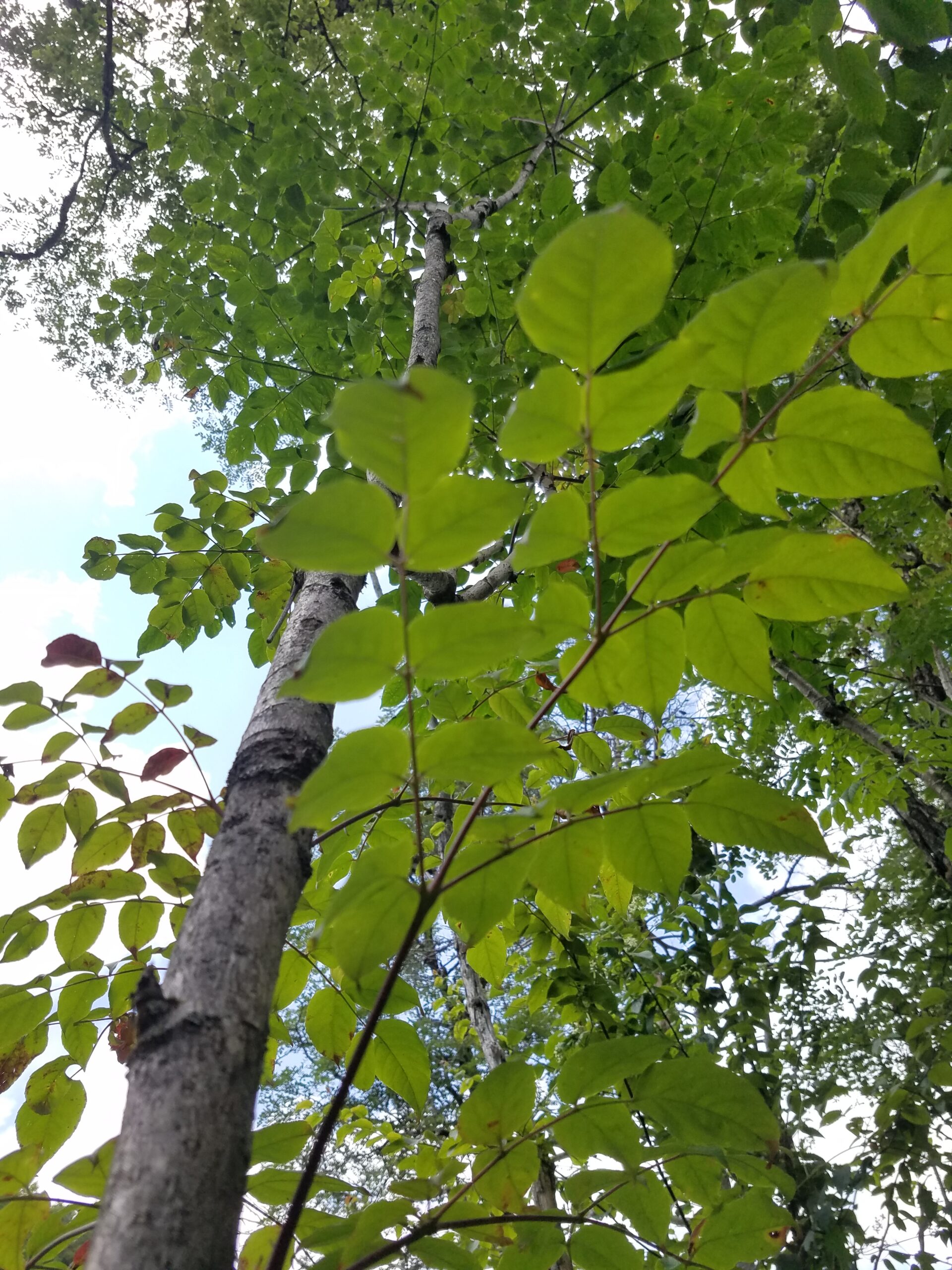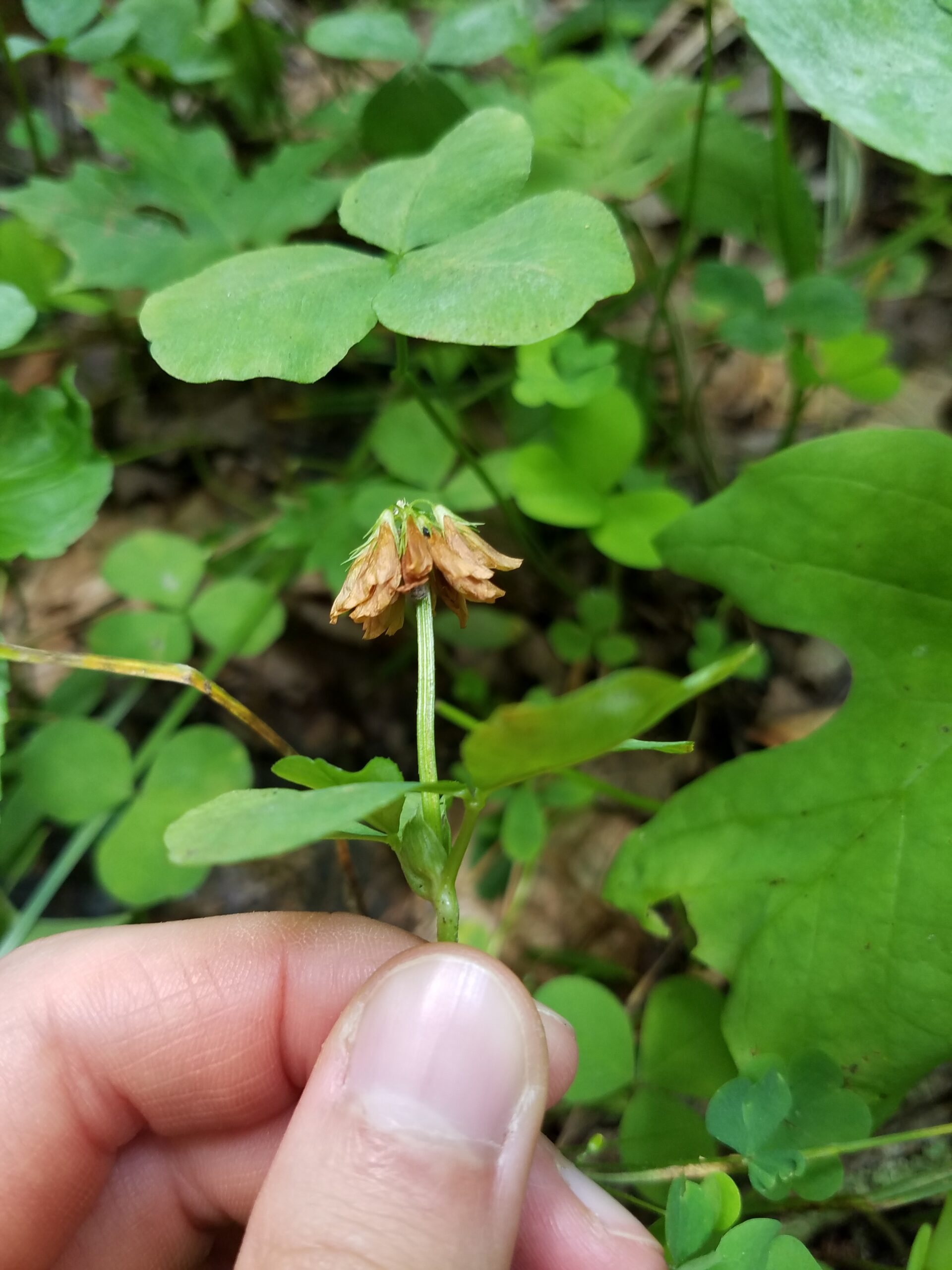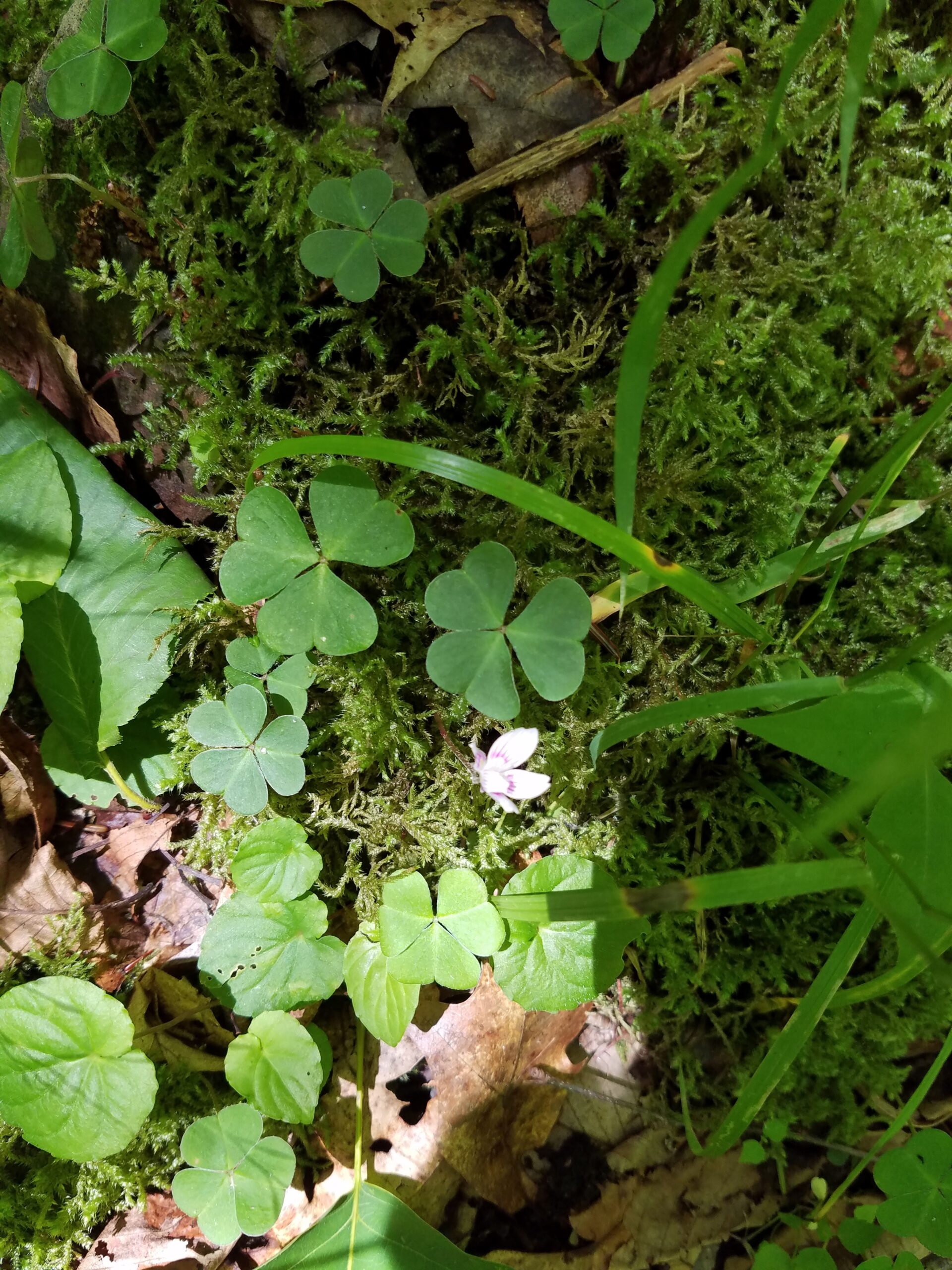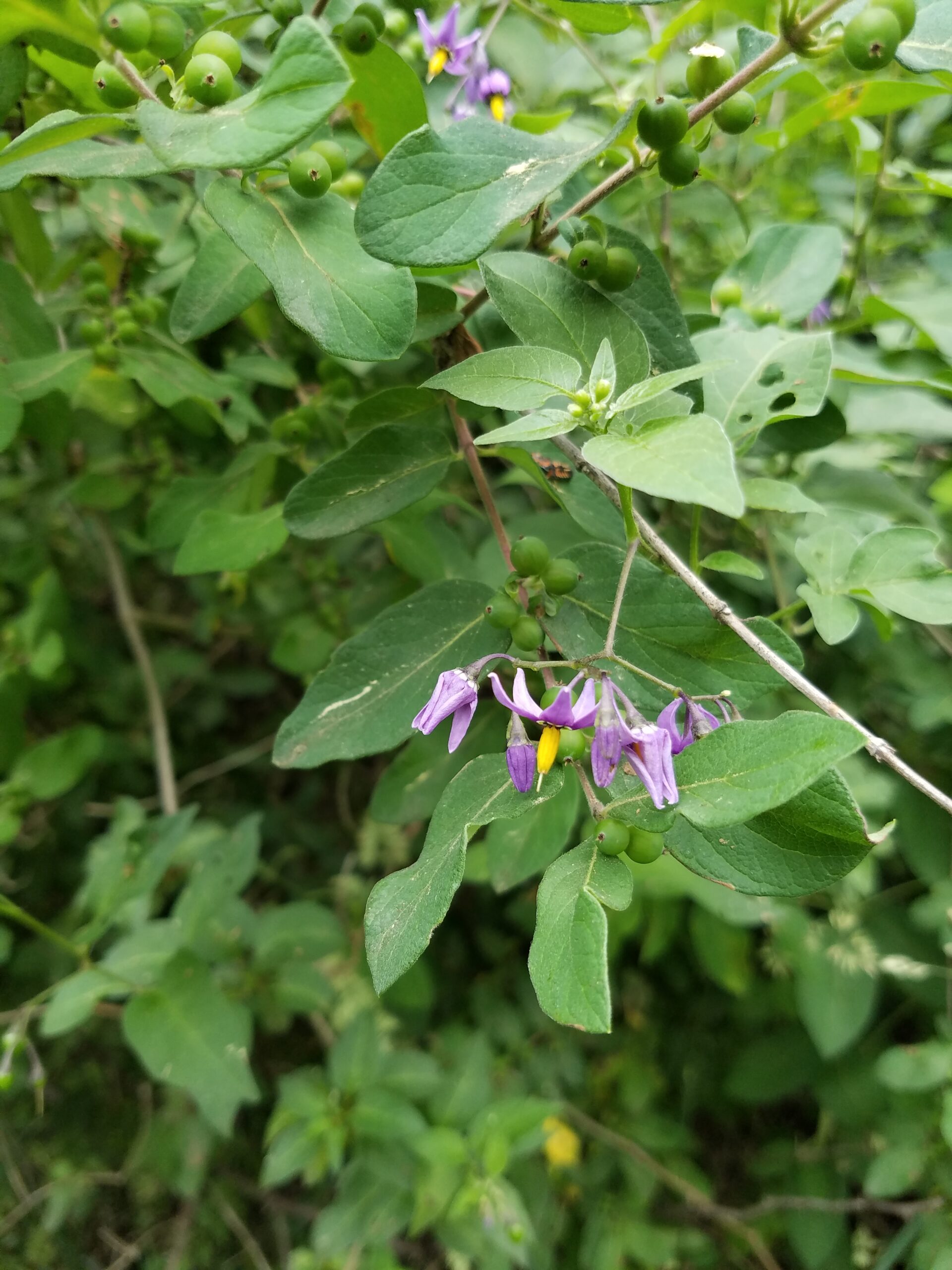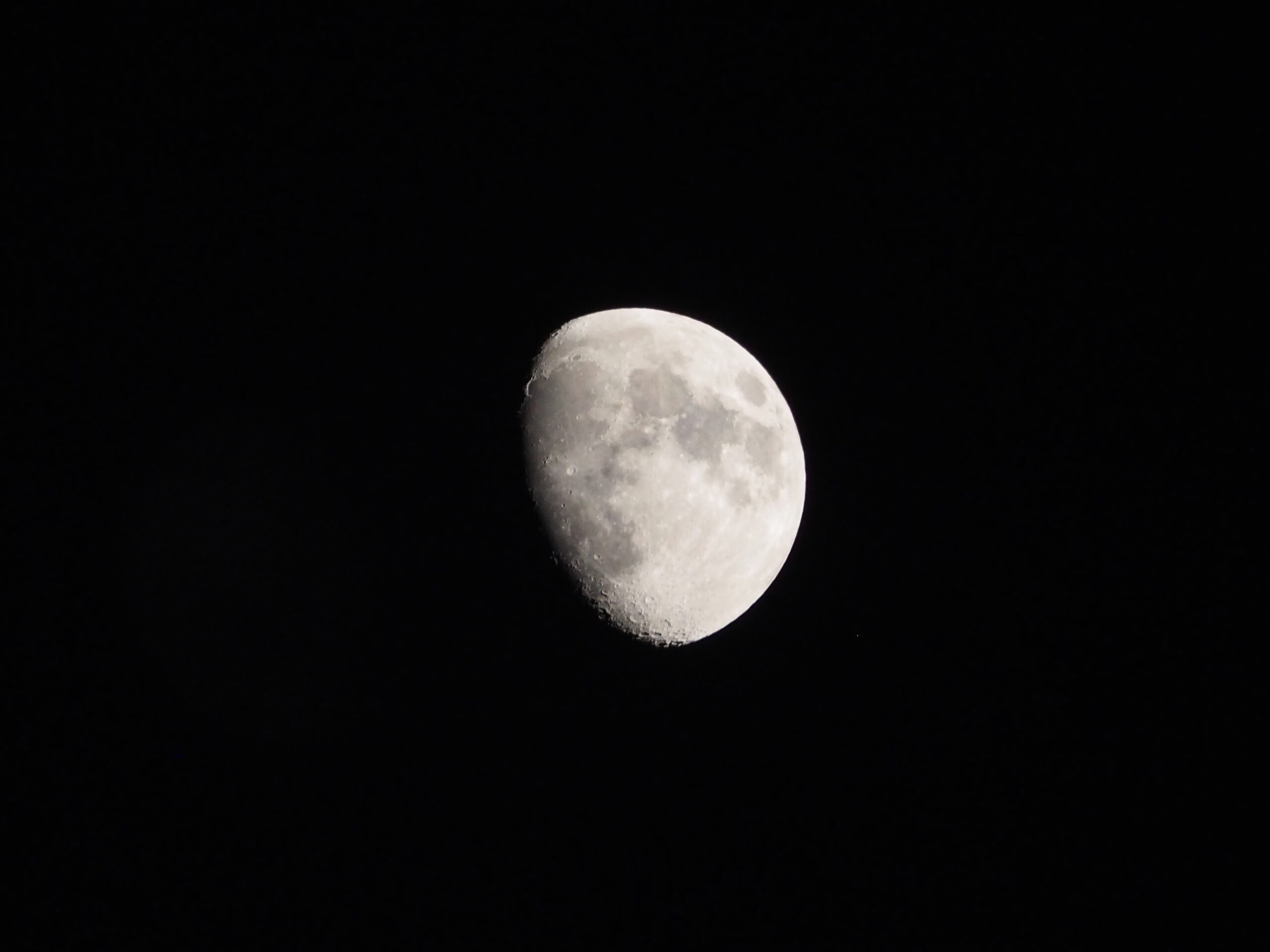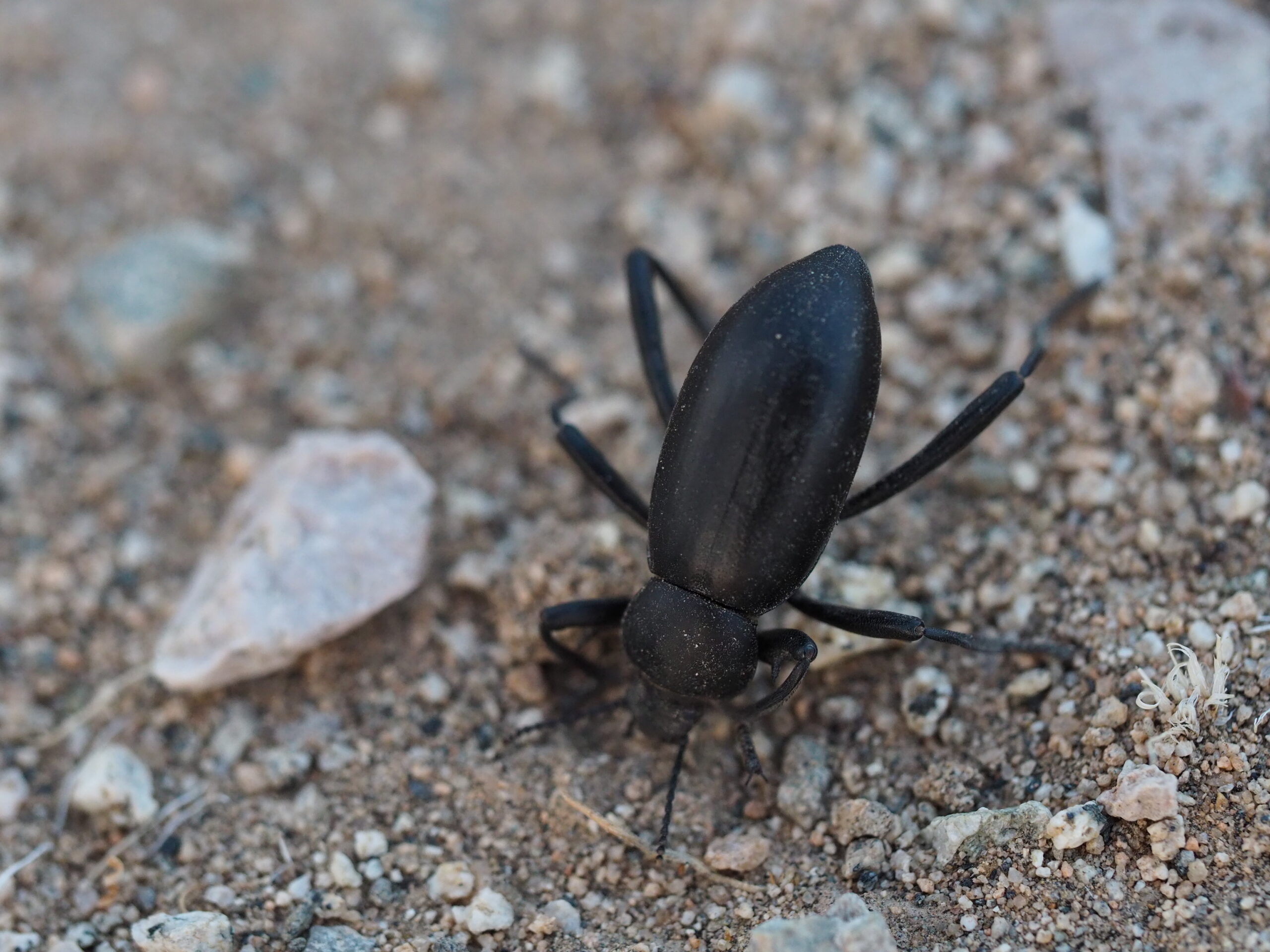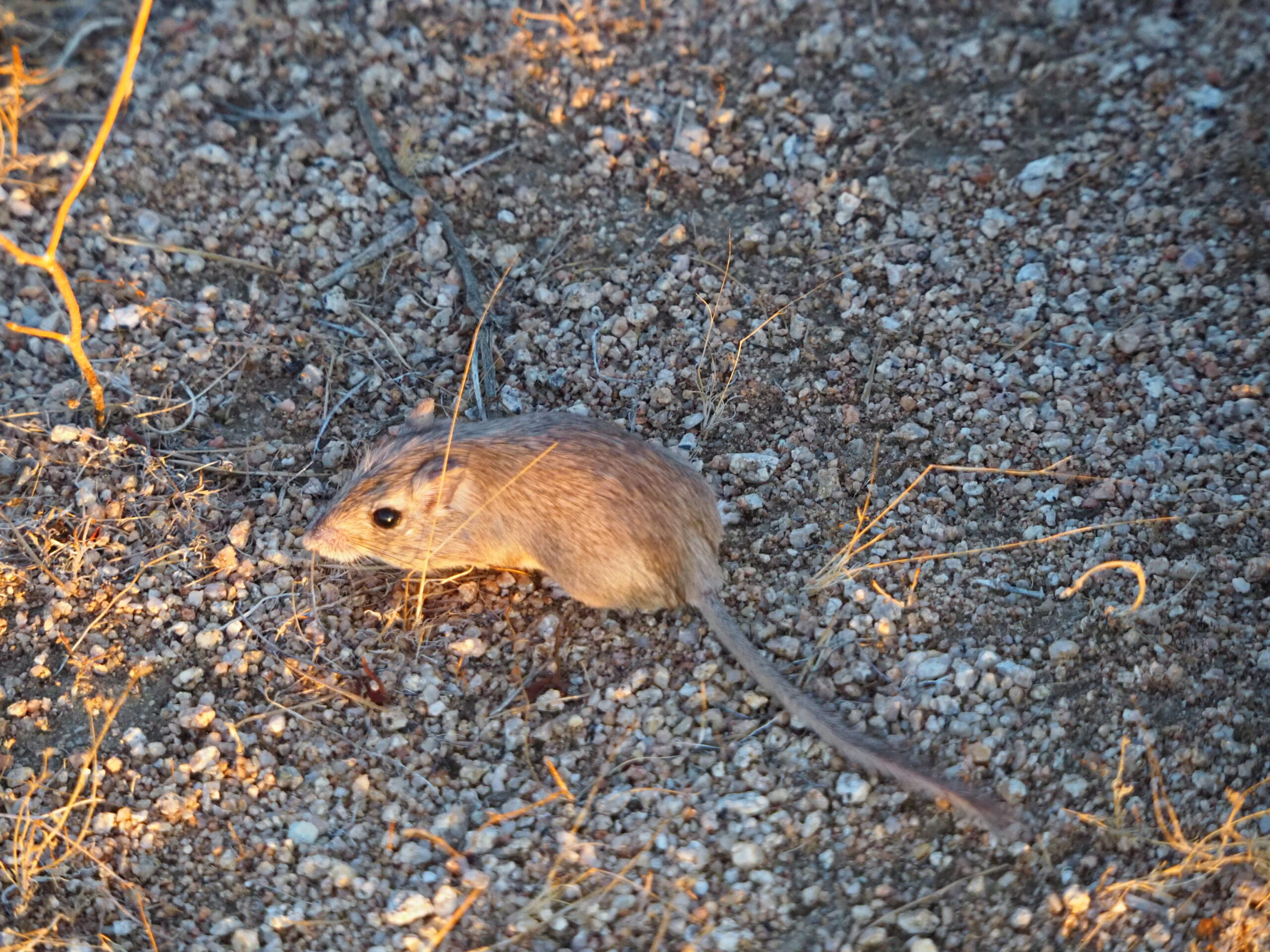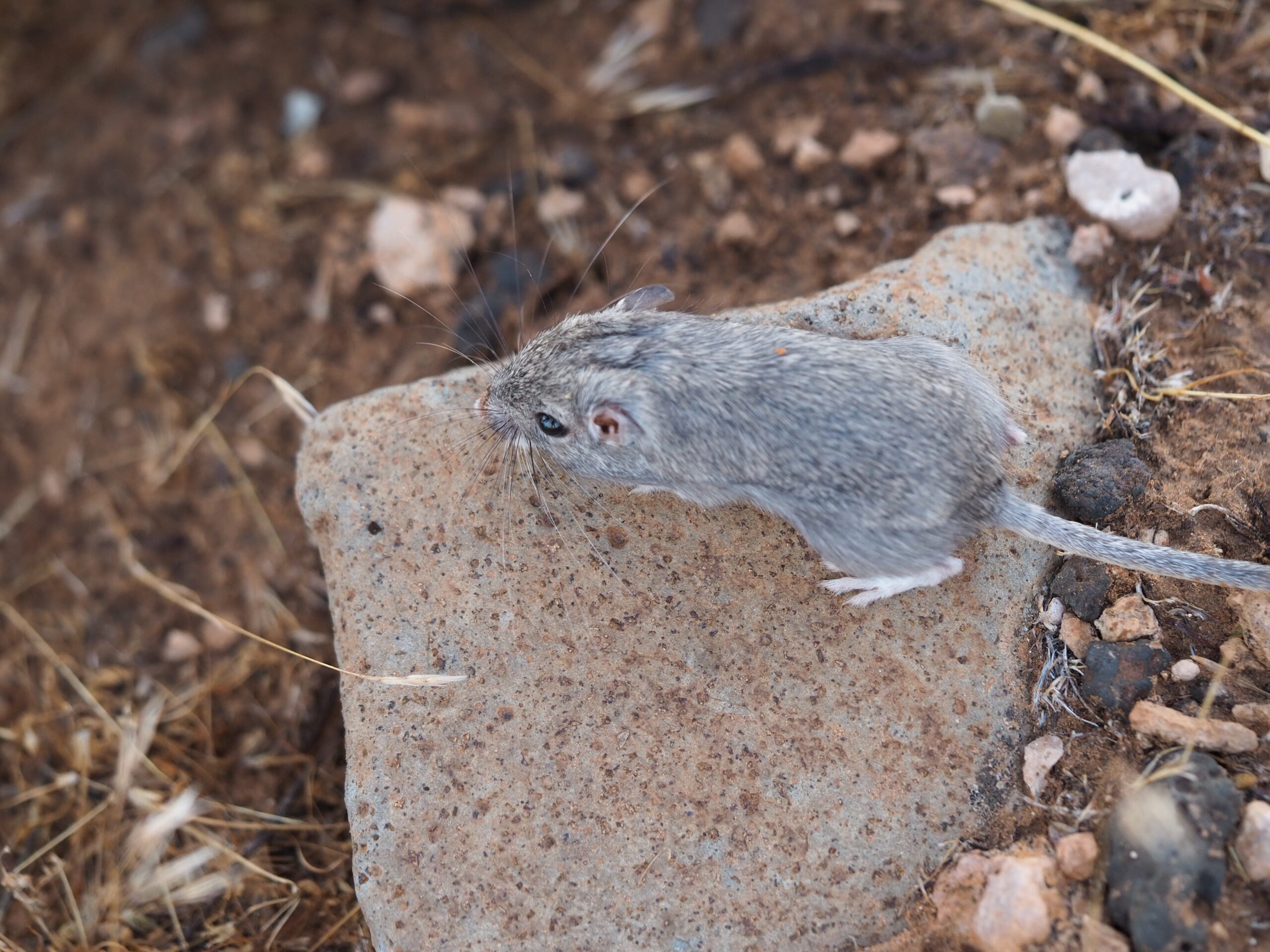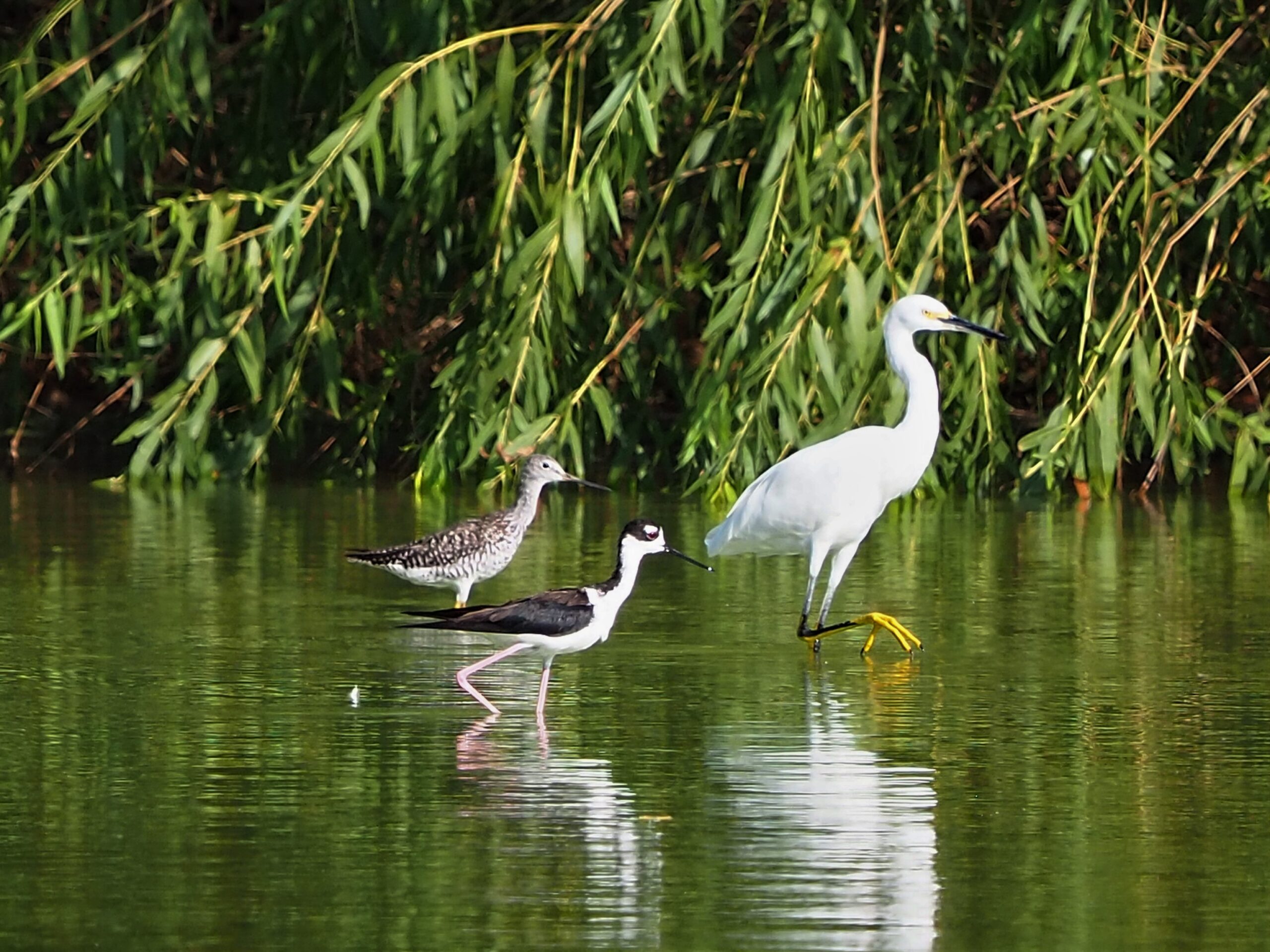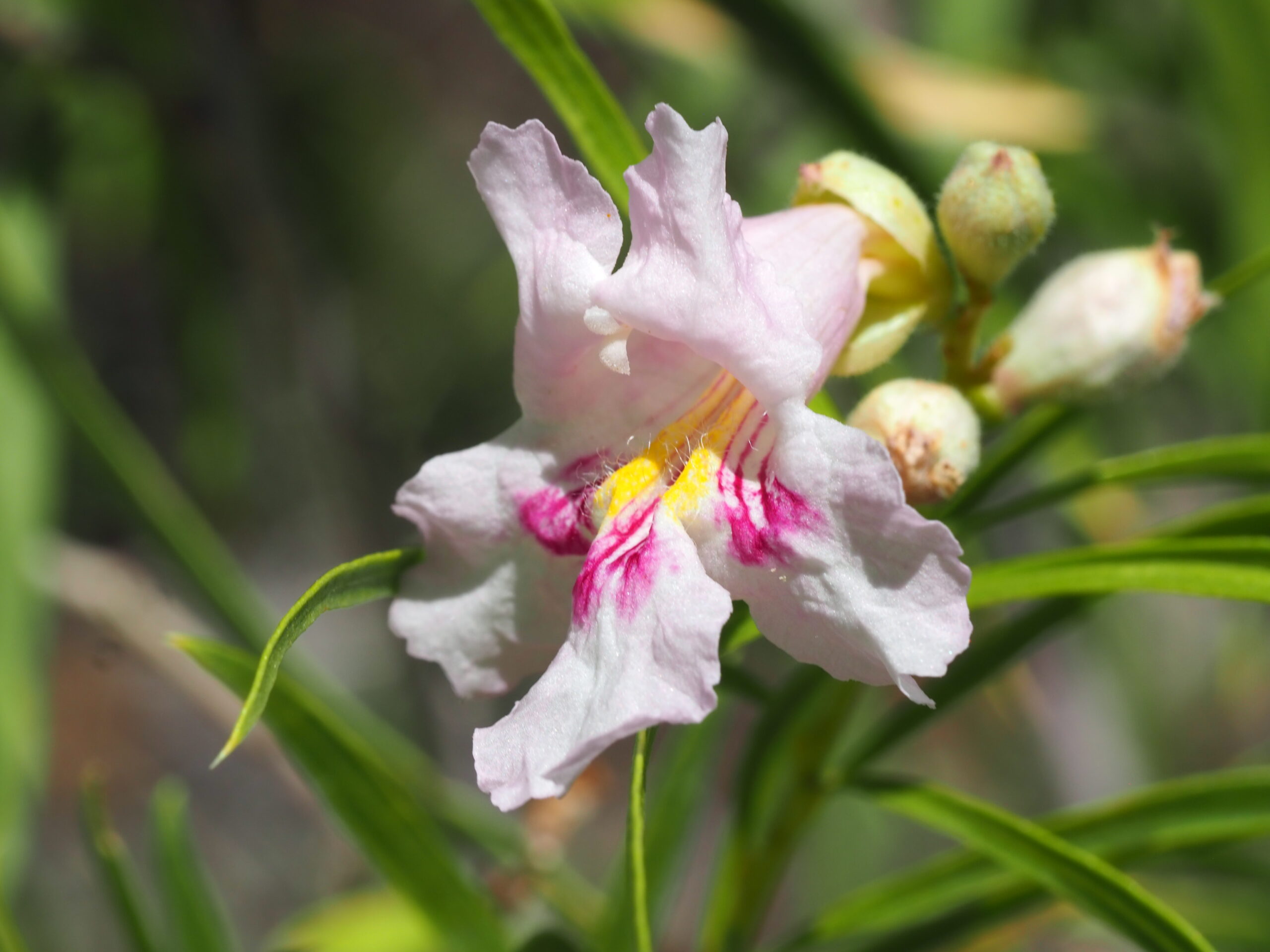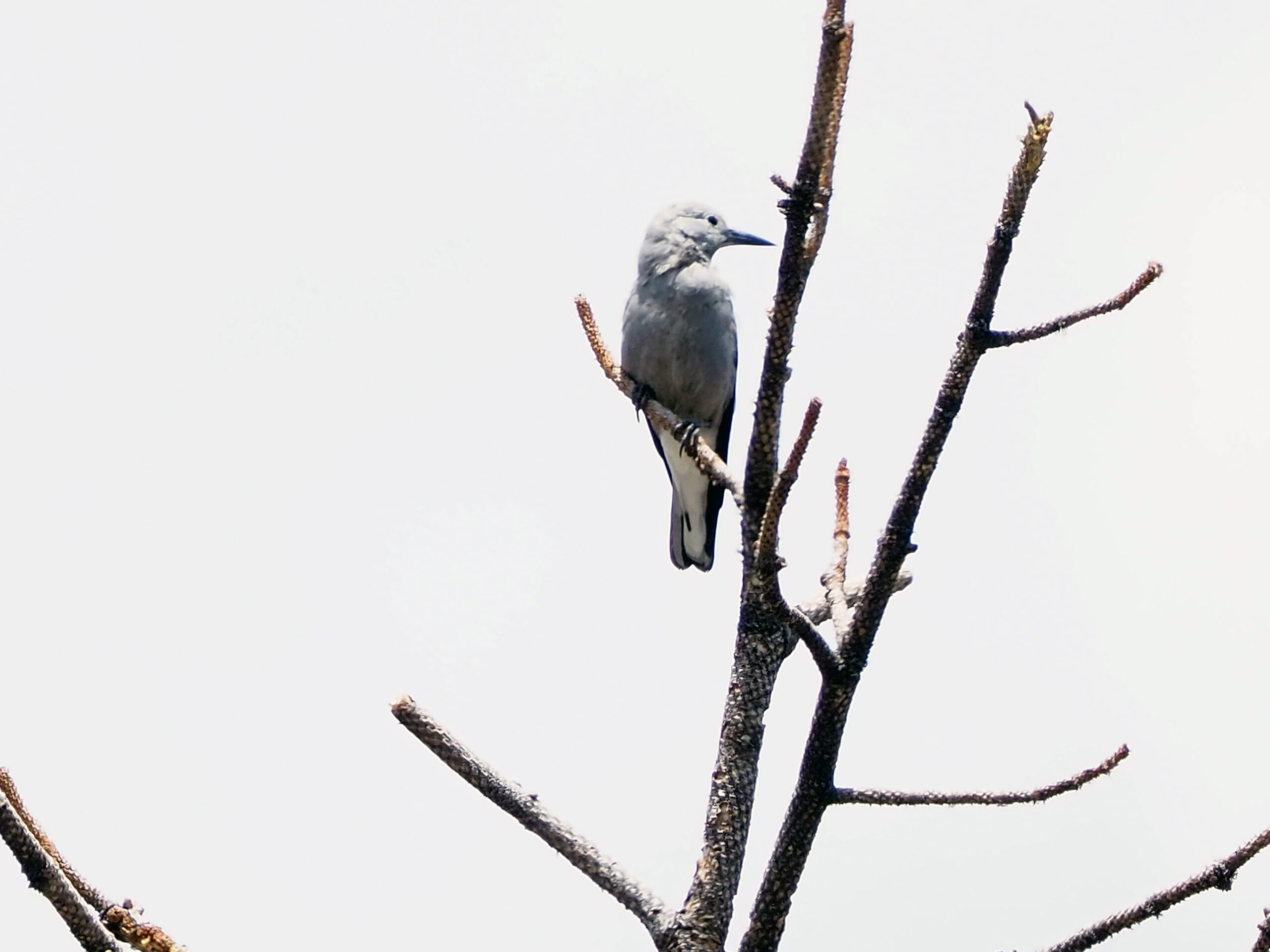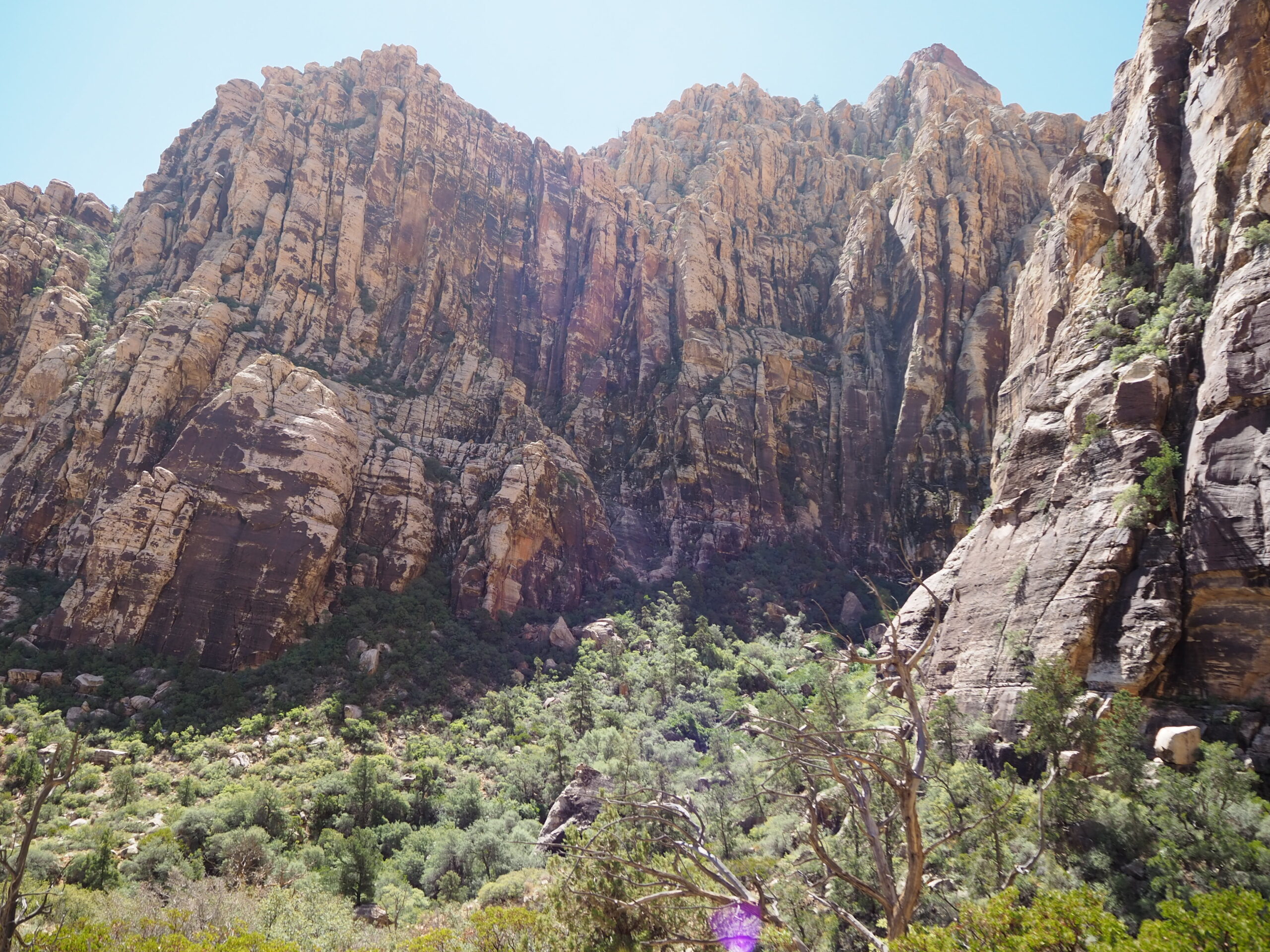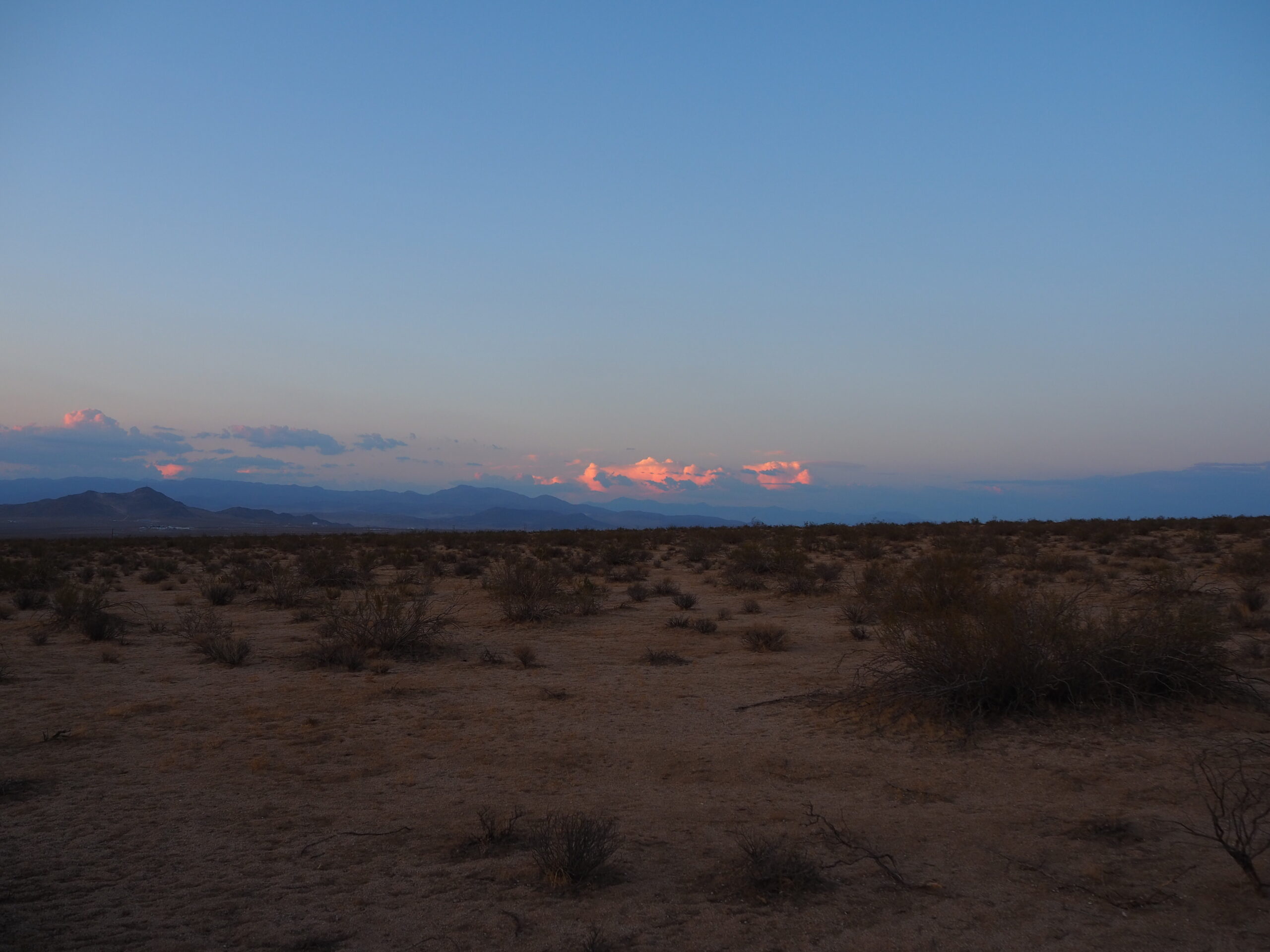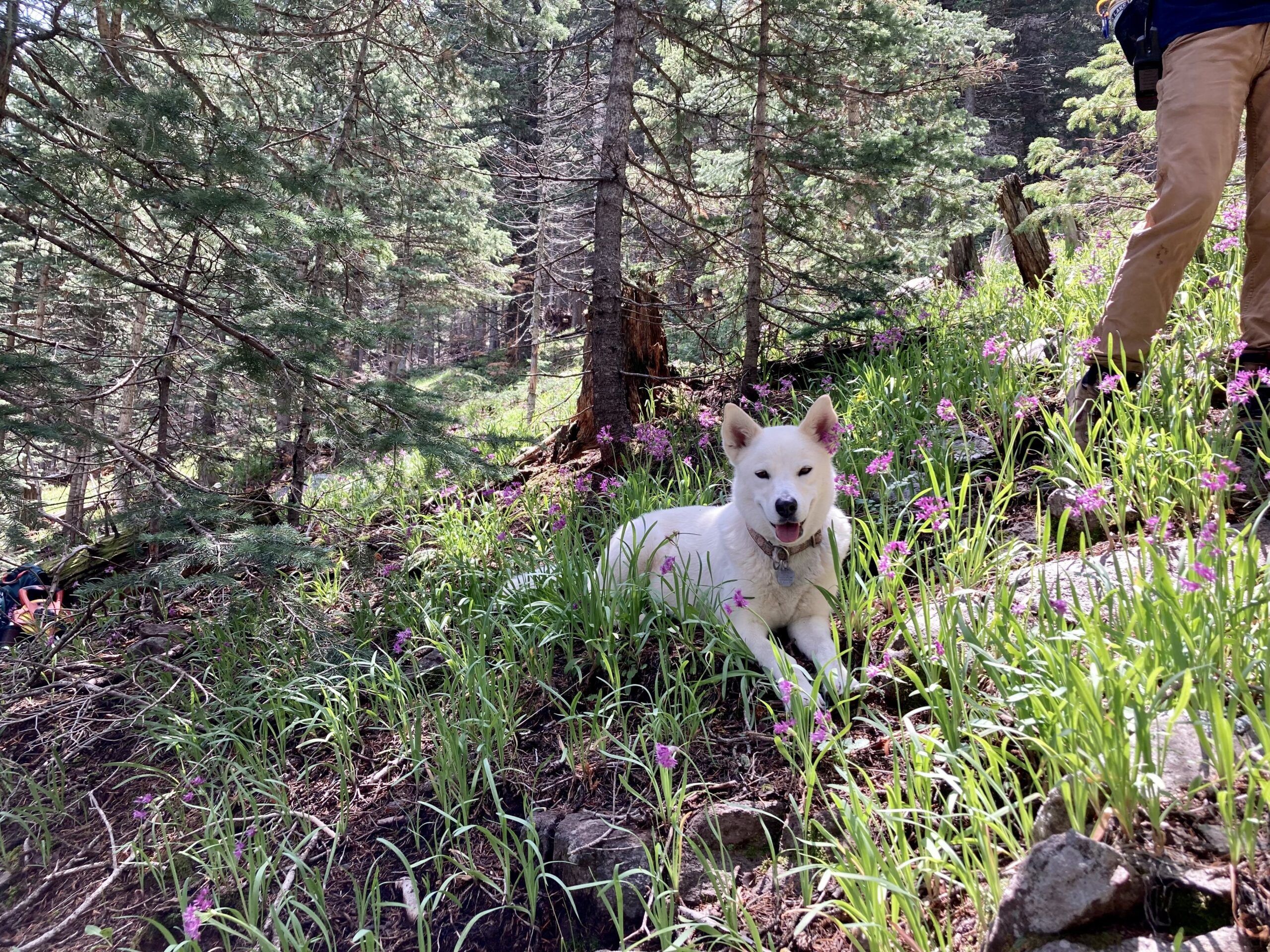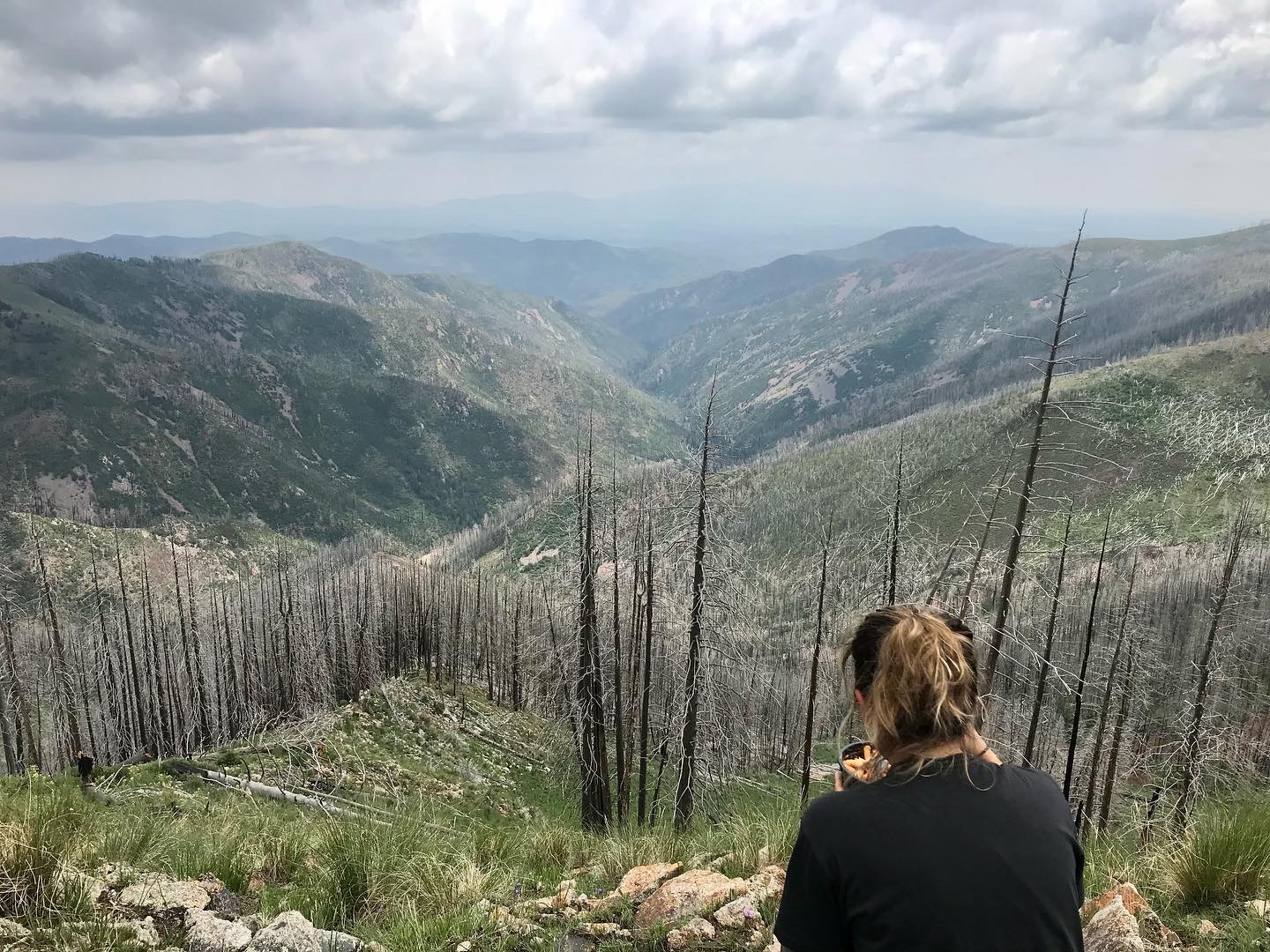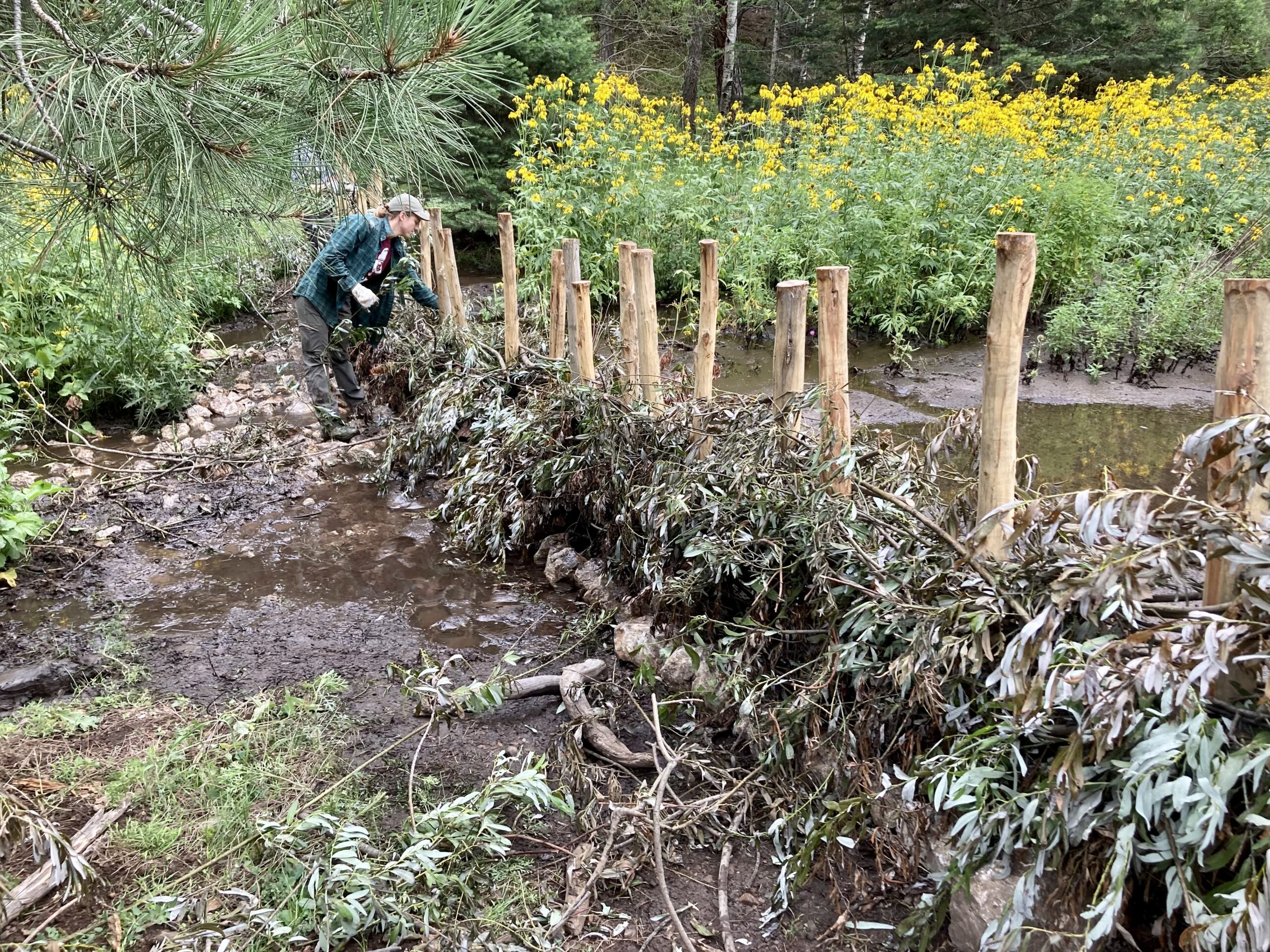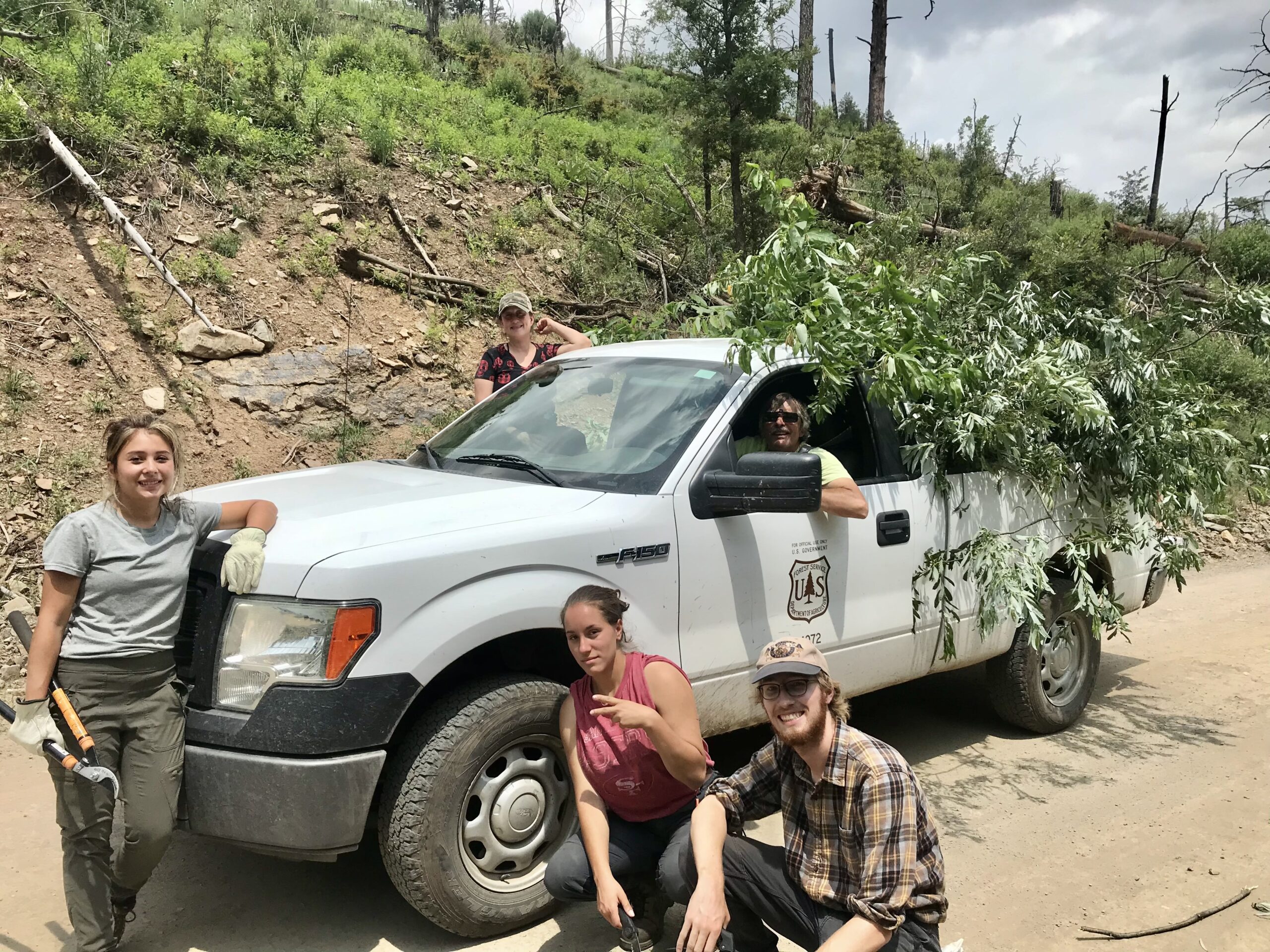Hi CLM blog!
The last few times I checked in I got to share about all manner of interesting things I was doing, namely botany camping trips, native plant conferences, and bat surveys. Now I’m checking in with an update that is a little bit more in line with my job description! In late July, my supervisor Sierra got the chance to go work on the Tamarack fire south of Lake Tahoe as a Resource Advisor, and I got to start Seeds of Success collecting pretty independently. It was a little intimidating starting out but I got comfortable with the protocol after a few seed collections! There is a list of priority species that are desired for collection in the Great Basin, but with the heat and dryness that the area is experiencing, finding any plant population with enough seeds to collect is a win, and opportunistic collections of any native species we can find are also fair game. So far I’ve gotten seeds from Helianthella uniflora, Stipa thurberiana, Pseudoroegneria spicata, Phacelia hastata, Eriogonum heracleoides, and Arnica sororia––a fun mix of native forbs and grasses. It’s been great getting familiar with some new species and figuring out identification for ones I don’t know!
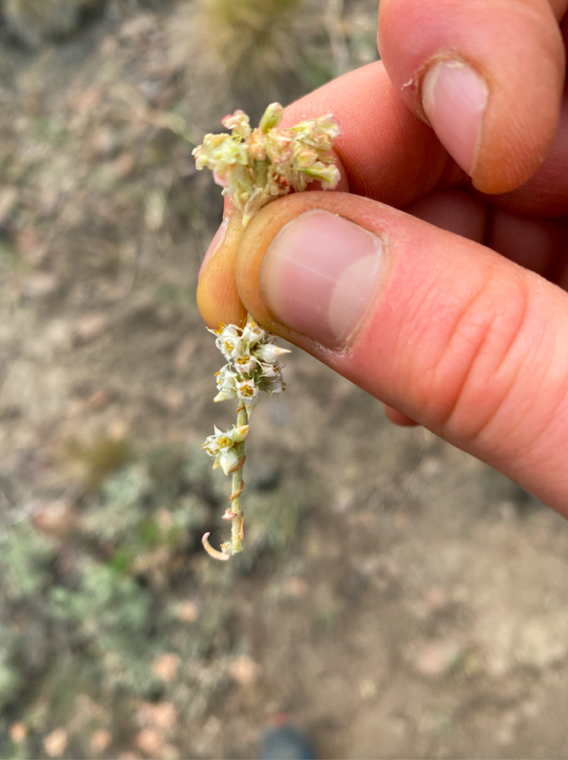
So far, all my seed collections have been in the Santa Rosas north of Winnemucca, and I’ve gotten to see a lot of new country up in that area, including Buttermilk Meadows, Holloway Meadows, Solid Silver, and Buckskin. Those names won’t mean much to anyone not familiar with the area, but in case any northern Nevadans are reading this! I kept hoping to do some work over by Elko, NV, but thunderstorms and then subsequent landslides have kept me away from the area so far. I’m hopeful that next week the forest roads will be safe enough again to head over and see what seeds are left there!
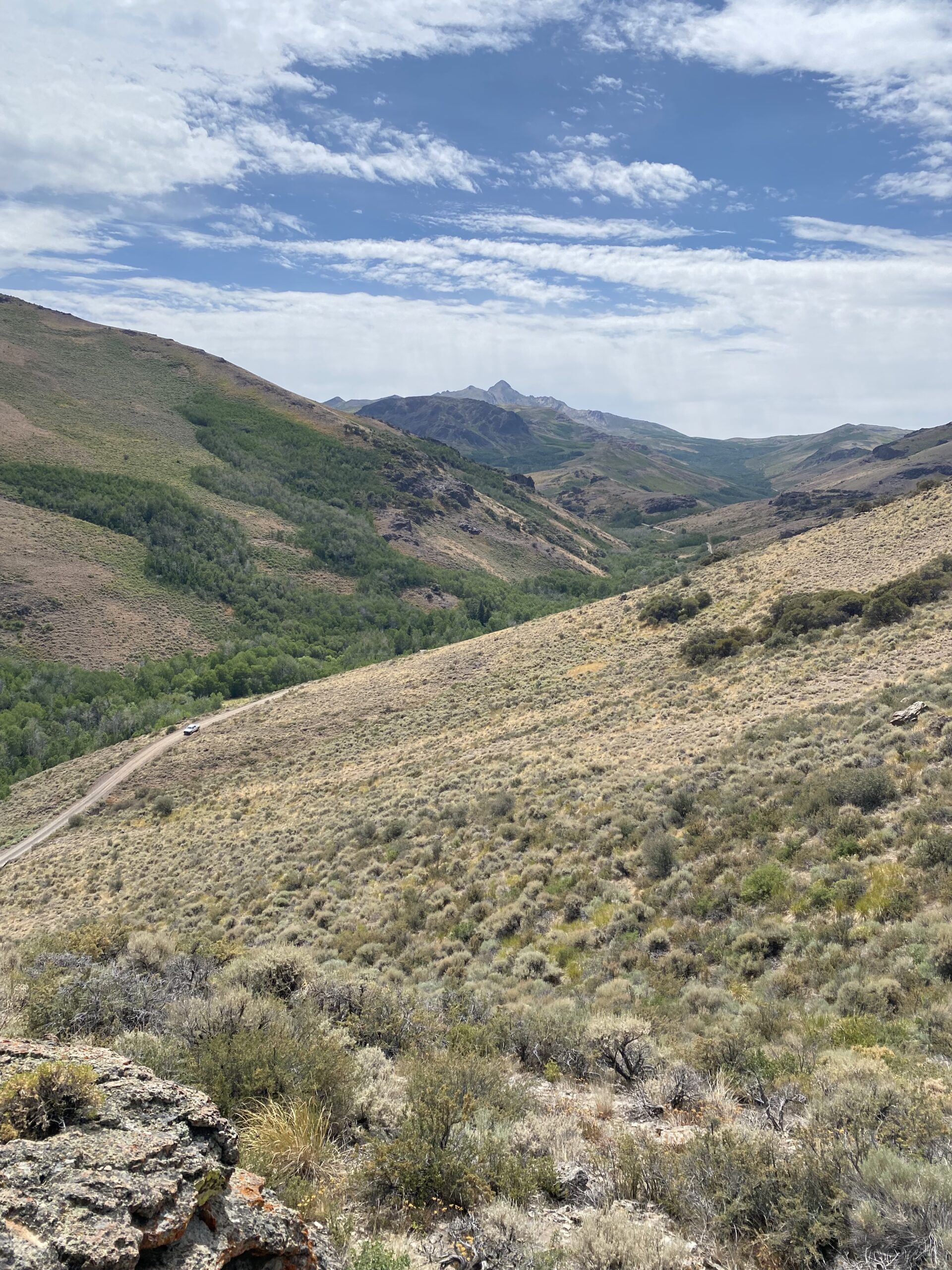
Besides native plants, I’ve seen many cool rock formations and animals the past few weeks. I saw 11 antelope in a group just between the town of Paradise Valley and the foot of the Santa Rosas, which was surprising to me––I’d never seen a group together like that before, just one or two! I’ve also seen lots of chukars, grouse, and quail with their new families that have hatched over the summer, plus some lizards and a few praying mantises. Still no snakes though.

My family also visited from Minnesota the past week so I got to see my parents and sister and show them around for a few days. It was pretty smoky but they loved seeing Hinkey Summit in the Santa Rosas and swimming in Lake Tahoe! We even saw three bighorn sheep on Hinkey which was a first for me; I’m glad they were there for it.
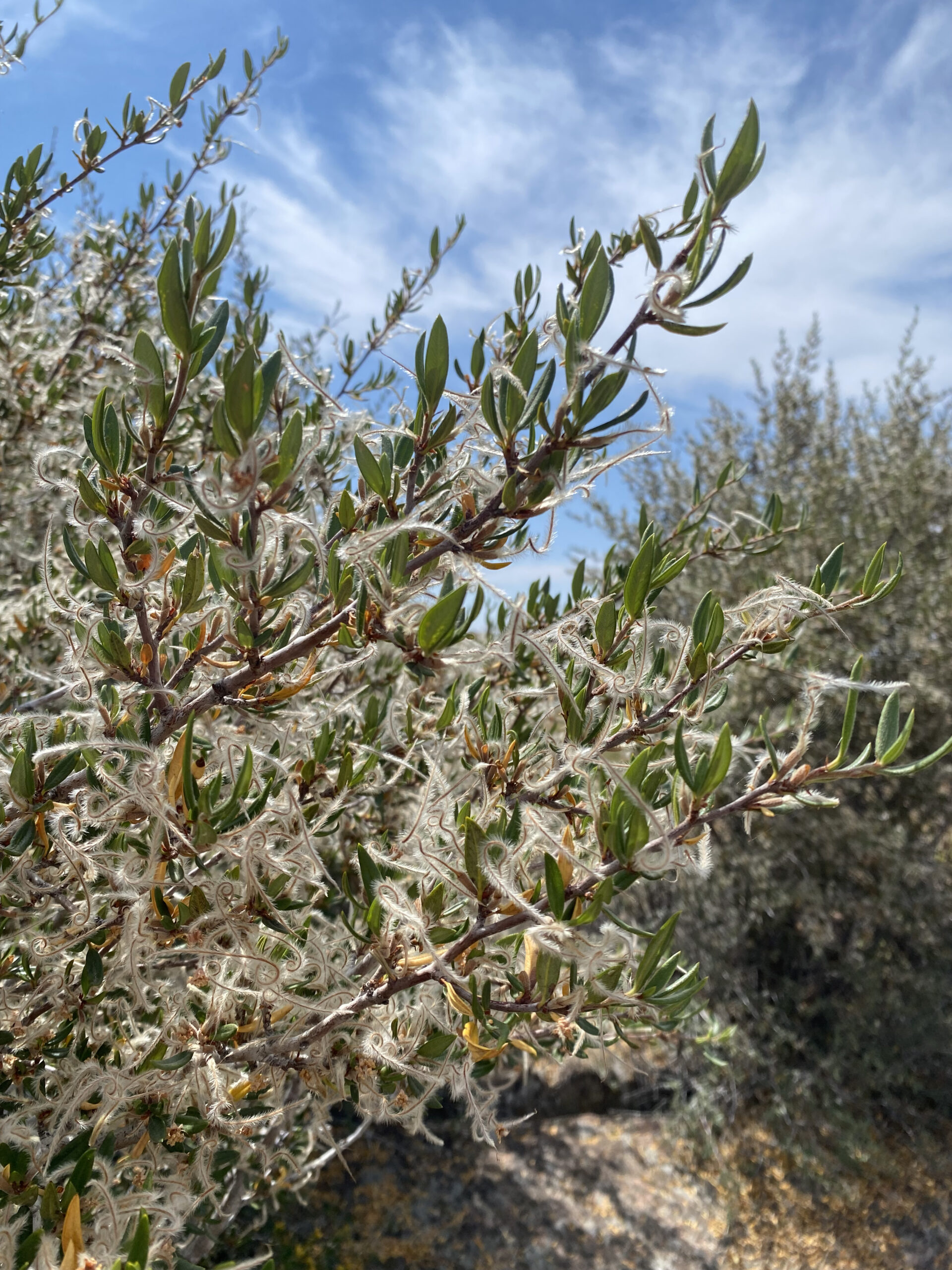
Until next time here’s hoping we all, if not stay cool, at least enjoy the cooler evenings and late summer sunsets 🙂
Emma





